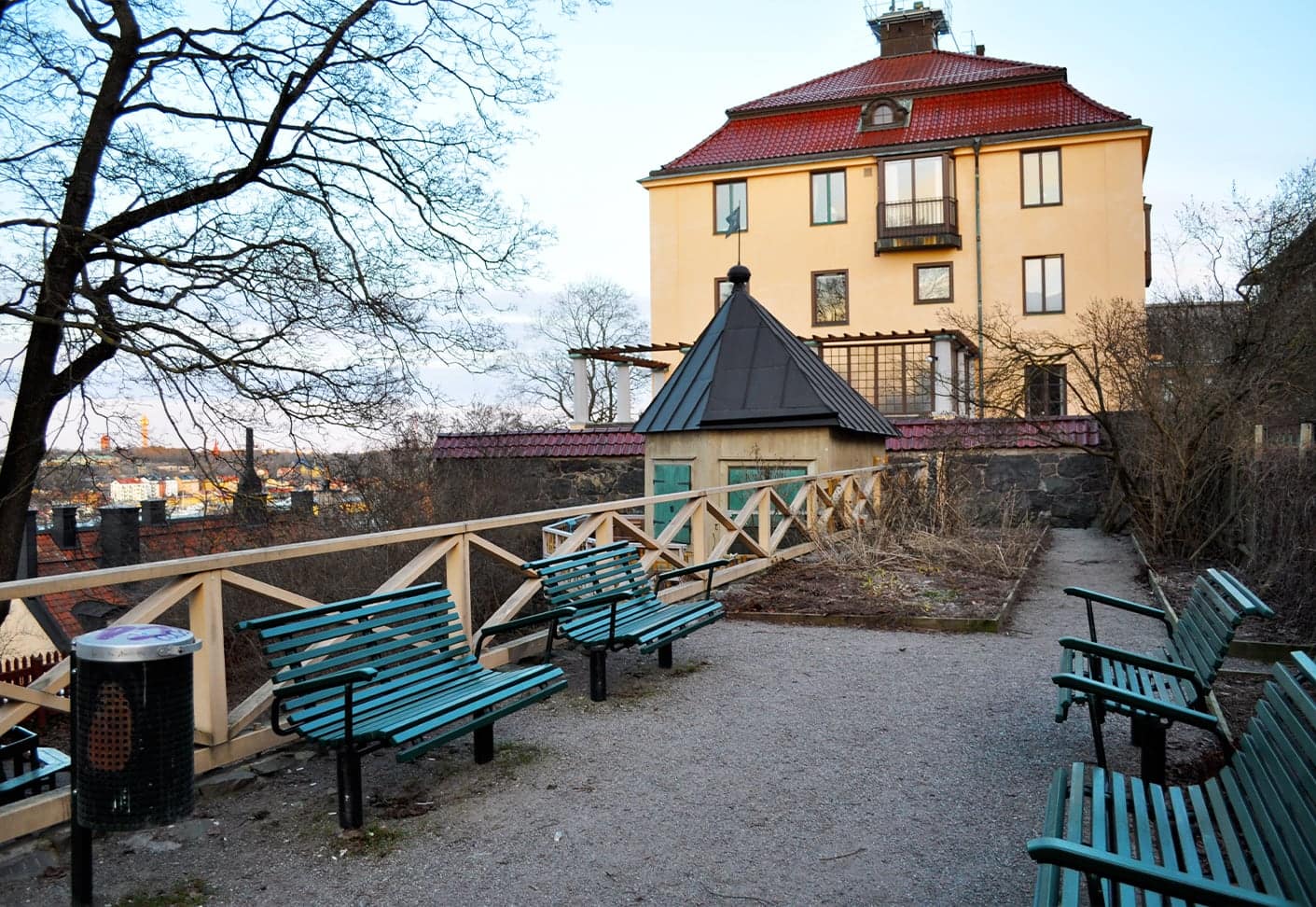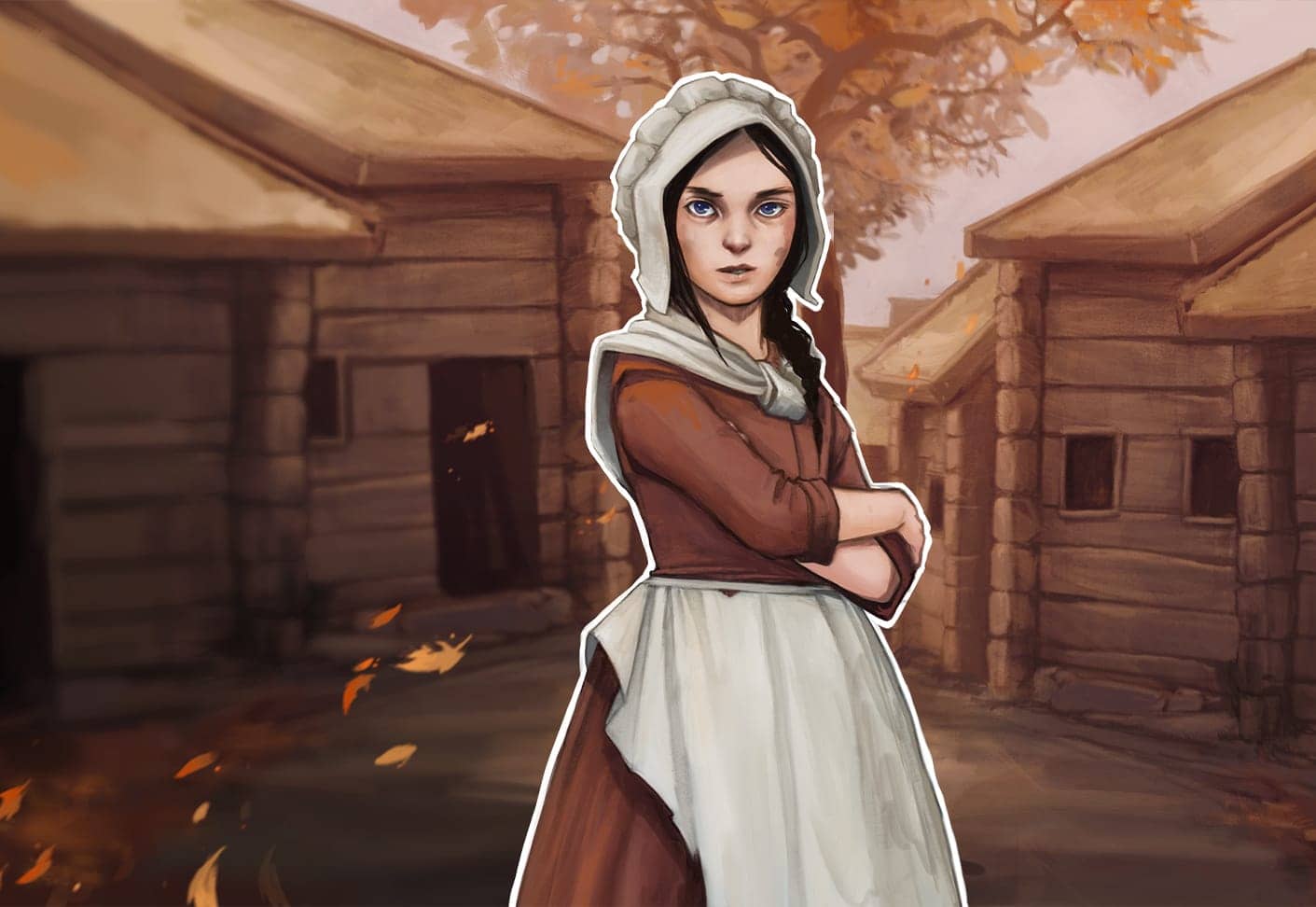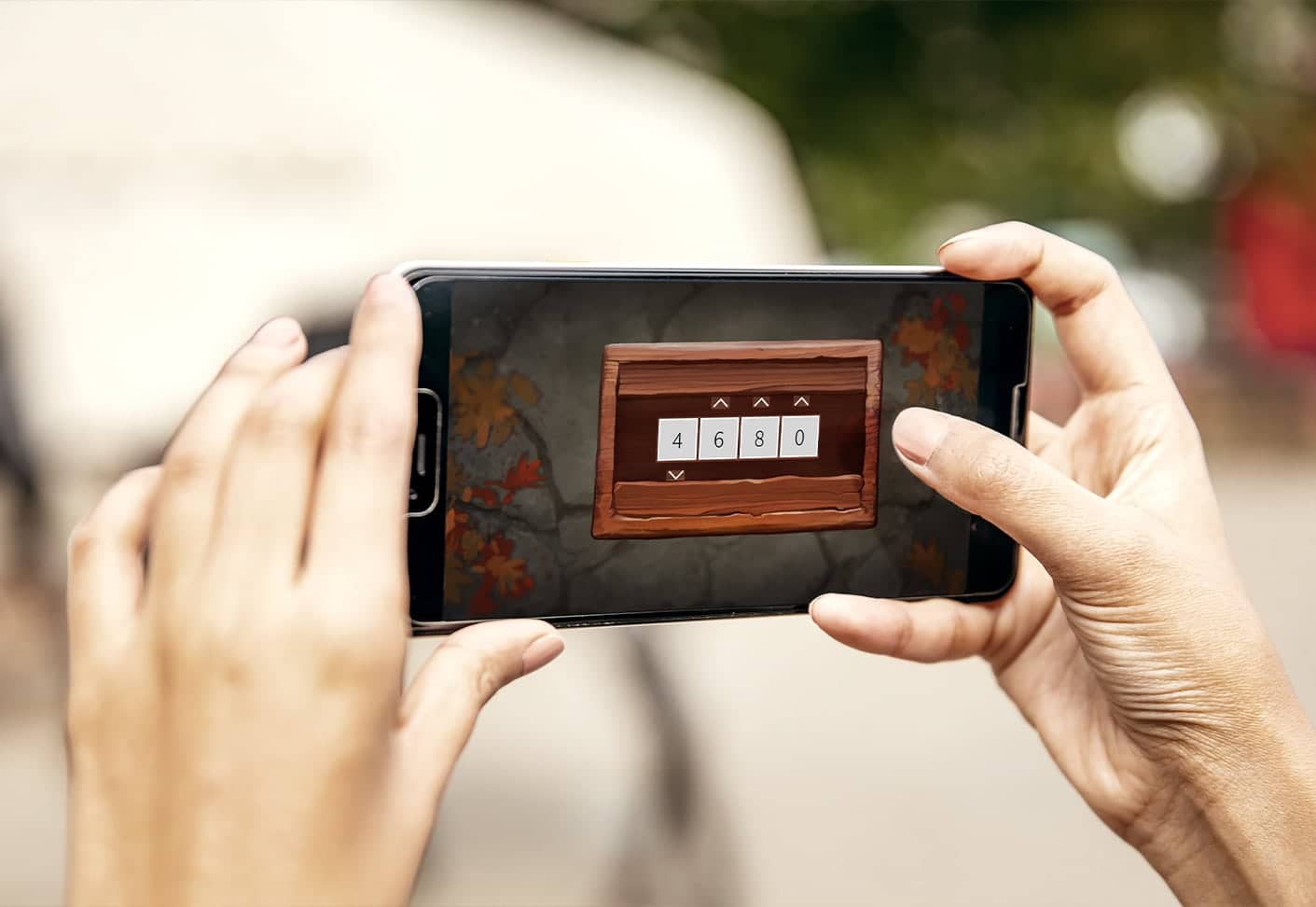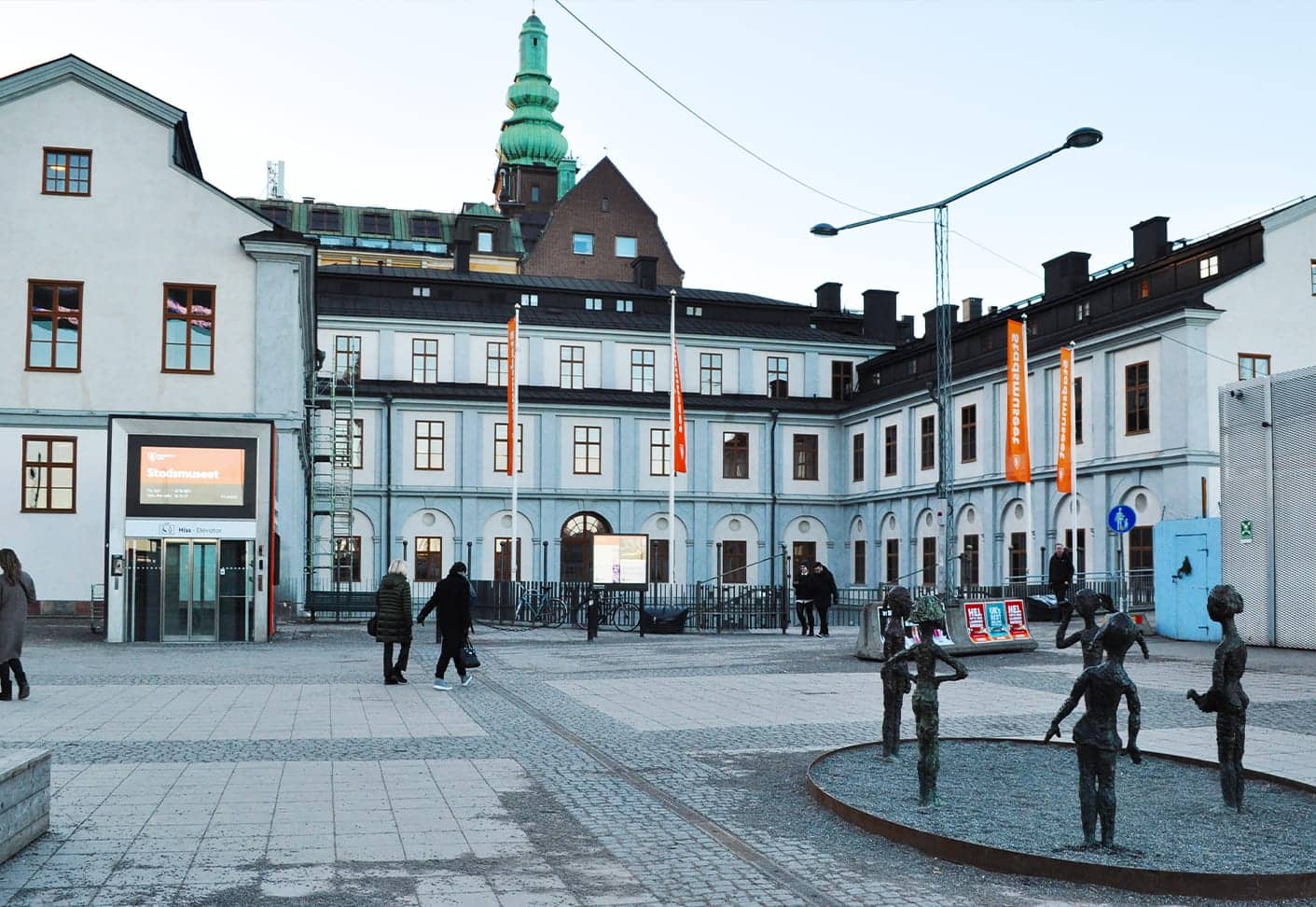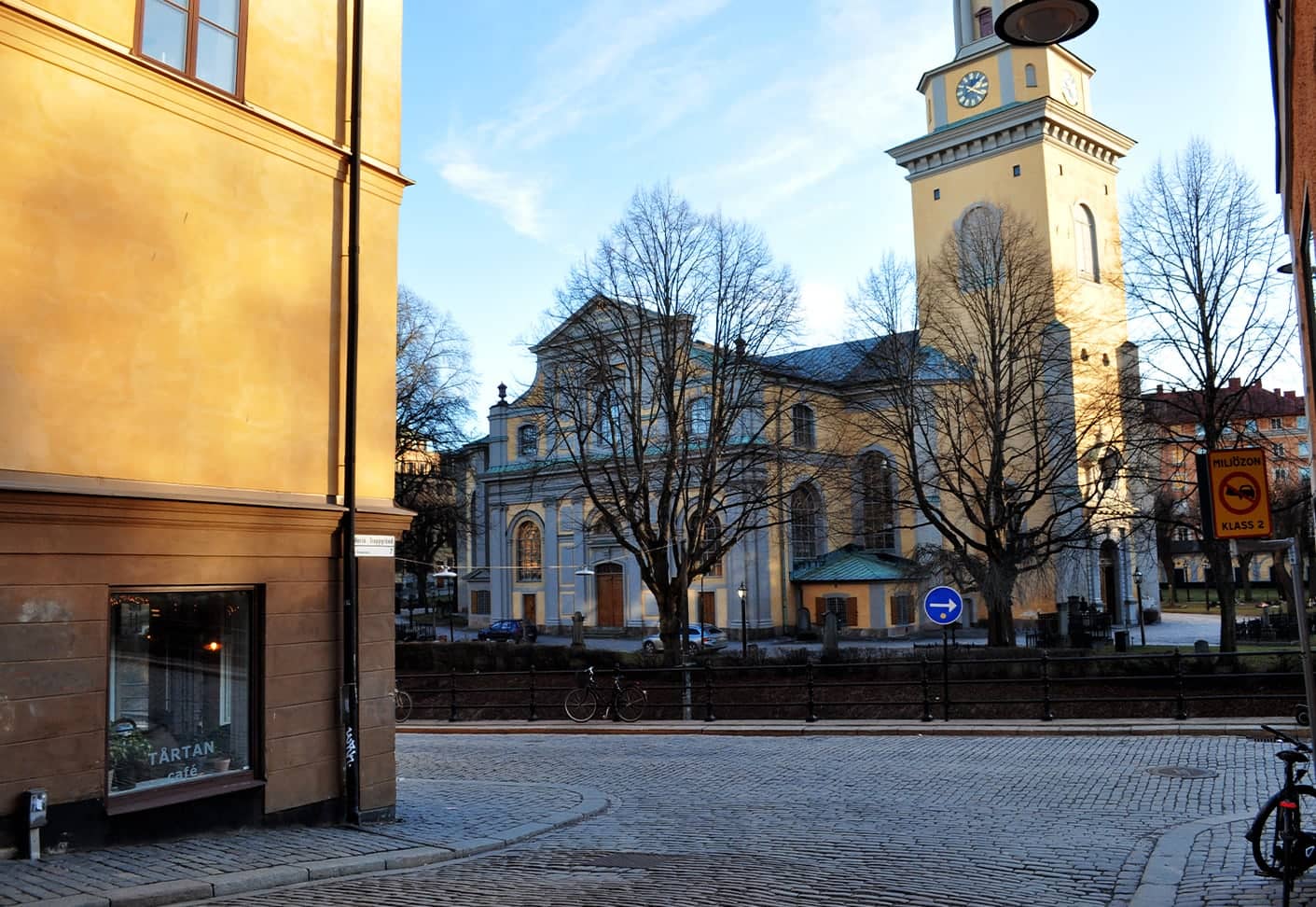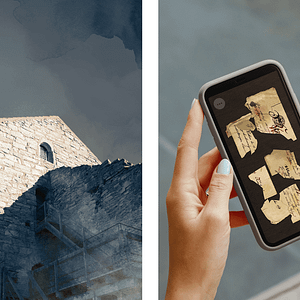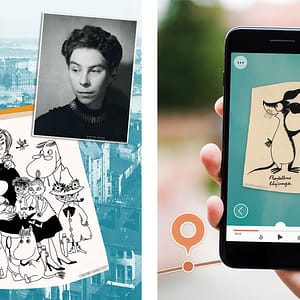Read this in — Svenska
Who was Malin Matsdotter?
The Swedish witch trials, commonly referred to as “The Great Noise”, culminated in Stockholm in 1676. Malin Matsdotter was one of many women sacrificed when government officials tried to keep citizens calm with public executions. Just a few months previously, a group of children and young maids managed to incite panic throughout the local parish. They were playing witch sabbath games, suffered mysterious seizures and claimed to have seen things not visible to adult eyes. Eventually, terrified parents were chasing witches around every street corner. Neighbors turned against each other.
Malin Matsdotter was an eccentric lady with a Finnish accent, which was a good-enough reason for children to start pointing their fingers at her. But why was Malin’s punishment more severe than anyone else’s? And what happened the day the court discovered that the children’s games were exactly that – just games?
The Stockholm Witch Trials
You’ll meet twelve-year-old Gertrud at one of Stockholm’s beautiful lookout-points at Mariaberget. Gertrud used to live next-door to Malin Matsdotter. She is worried about a conversation she overheard you having with her brother. The Great Noise might be over, but Gertrud believes that people like her brother can ignite the flames of hysteria once again.
Together, you and Gertrud head out for a walk through time. You visit the locations where the true story of Malin Matsdotter’s terrible fate took place. Gertrud tells you everything she knows about what happened while you walk, and in every new location you can actively take part of the story through sound, illustrations and game elements.
The StoryTourist app will show you the way
To walk this tour, you’ll download the user-friendly StoryTourist app. The app is equipped with a map, GPS and a digital guide which makes sure you walk in the right direction. Once you have purchased the tour it is yours to keep. You can use it at any time and as many times as you wish.
Through the StoryTourist-app, you’ll get to know Gertrud, Malin and the other women who were involved in the Stockholm witch trials. The only thing you need to be able to explore Södermalm in a brand-new way is a smartphone with headphones.
This StoryTour is written by Myrna Moström.

